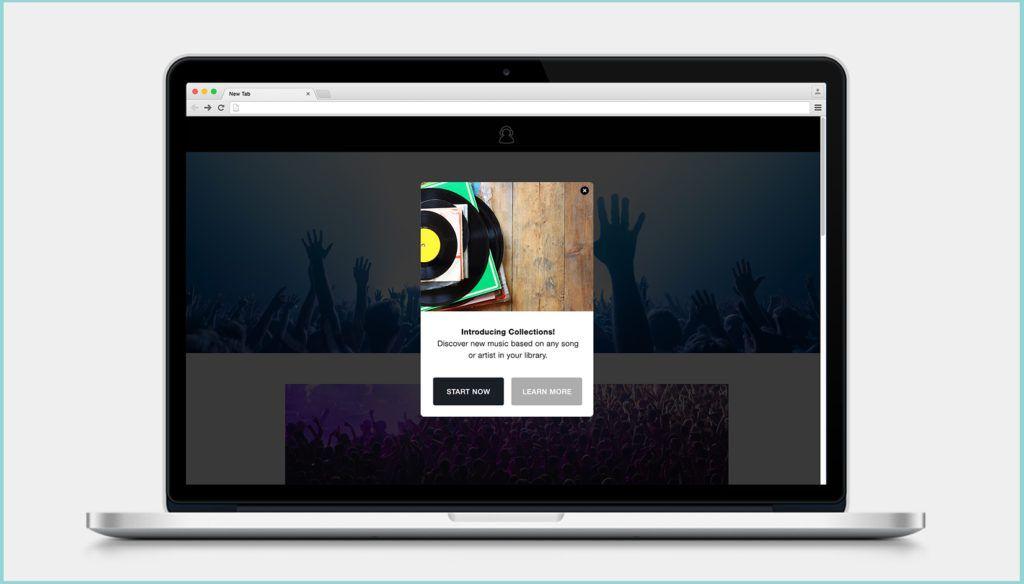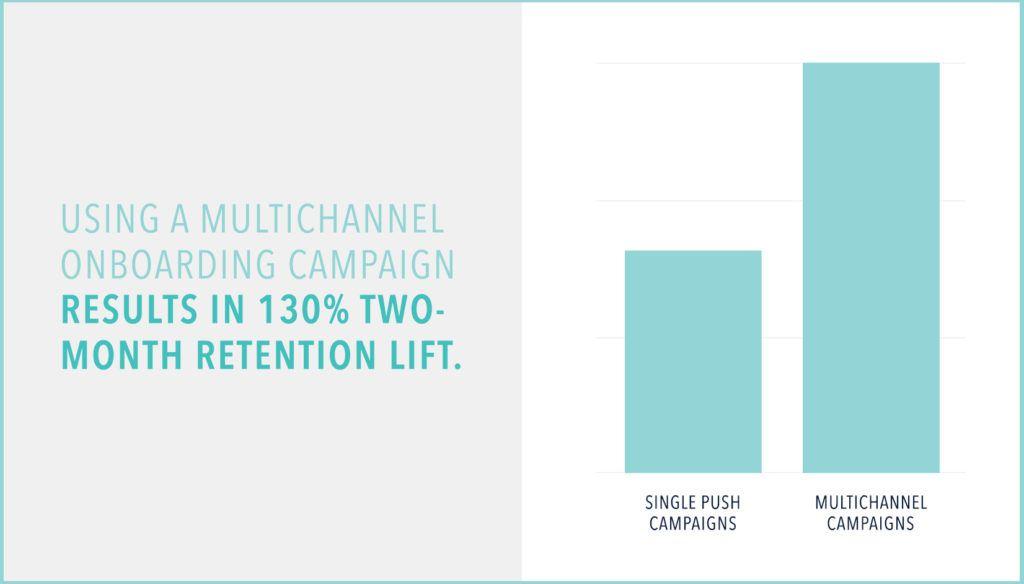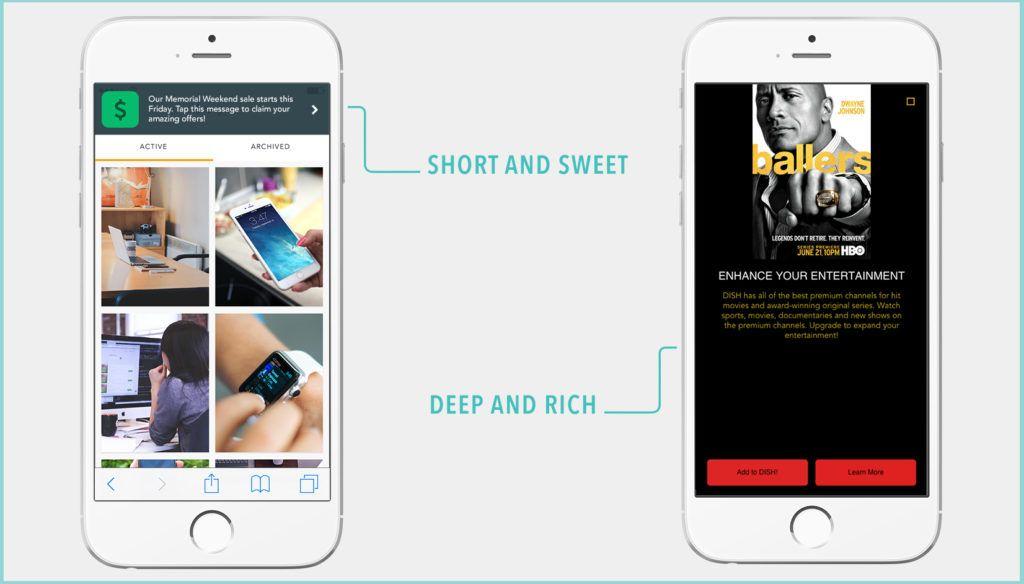In-App Messaging: The Versatile Channel You’re Probably Not Using (But Should Be!)
Published on October 27, 2015/Last edited on October 27, 2015/4 min read


Todd Grennan
Content Production Principal, Content Marketing at BrazeDear reader: This blog post made its original debut in Appboy’s Relate Magazine. Pocket its pearls of wisdom, and then for more information, check out our new Cross-Channel Engagement Difference Report!
When you’re looking to communicate with your customers, there are a number of different messaging channels open to you, each with its own traits. You’ve probably used email before; maybe you’ve sent push notifications, too. But what about in-app messages?
An in-app message is a message delivered exclusively to people currently engaging with your app or website. And while this channel is currently underused, there’s a lot of potential here – in-app messages can play an important role in supporting increased conversions, revenue and customer engagement.
How? Let’s take a look at three benefits of using in-app messages that can give your marketing a boost:

1. In-app messages let you reach more of your customer base
Imagine your brand is launching a major campaign around a sale on swimwear. You want your customers to know that the sale is happening, so you use email and push notifications to promote it.
When you send those emails and push notifications, you’ll reach customers – but only the customers who have given you permission to contact them using those channels. That’s not a bad start, but in-app messages can help you reach an even bigger proportion of your audience and at a time they are likely to engage.

Using multiple channels has real business benefits. When marketers send push notifications to new customers to encourage completion of their app’s onboarding process, they see big results – a 71% increase in two-month retention, compared to those who sent nothing. But when they pair that push with a message in a second channel, such as in-app messaging, that number jumps to 130%. That’s a major increase!
2. In-app messages let you reach customers at their most engaged
If someone isn’t using your app or checking out your website, they’re not going to receive an in-app message from you. Period. That’s what an in-app message is – it’s a message that’s delivered exclusively to people engaging with your brand via app or web.
The customers you reach with in-app messages aren’t people you need to convince to visit your app or website: they’re already there! Some are new customers interested in learning more about your brand. Some are die hard fans who come back again and again. A lot fall somewhere in between. But the important thing is that all of them are already primed to hear from you.
Whatever you’re trying to accomplish with your messaging – boost sales, get some positive app store reviews, encourage sharing on social media – active users are likely to be your most receptive audience. By sending an in-app message, you aren’t interrupting. You’re deepening their interaction with your brand by building on something they’re already doing.
3. In-app messages make it easy to customize your outreach’s look and feel
Imagine that one of your customers has just downloaded your app. She opens it and a page pops up, welcoming her, allowing her to flip through a quick overview of your app’s features and how to make the most of them. The onboarding process could be a permanent part of the app, built by your developers. But that experience could also be provided using in-app messages created by you.
In-app messages are versatile and can mirror the look and feel of your app or website. That means that marketers can easily send in-app messages that feel like an organic part of their brand’s app or web experience without help from their engineering team.
You can craft short and sweet ones that look and feel like push notifications, alerting active customers to urgent or time-sensitive information. On the other hand, in-app messages can mimic the richness of email, providing customers with an immersive experience that’s well-suited for conveying more complex information or giving context to a call-to-action. They can be about as long or short and as simple or rich as you need them to be.

That’s particularly helpful if you’re trying to strengthen active customer’s engagement with your brand. In-app messages let you nudge people to try out new features, check out content they’ve missed or visit sections of your digital presence that they’ve been neglecting.
Now What?
By embracing in-app messaging you can diversify your outreach, making your marketing more balanced and effective. You’ll reach people you’re missing right now and build stronger relationship with your most active customers. Sounds good, right?
So why wait? If you can send emails or push notifications, you can send in-app messages. Try out one of the options from our piece on Five Winning Campaigns to Get You Started with In-App Messages and get to it!

Related Tags
Releated Content
View the Blog
Enterprise generative AI: Transforming data, decisions, and customer experiences

Team Braze

Omnichannel personalization: Delivering consistent, connected customer experiences

Team Braze

Are you AI-savvy enough to survive? A wake-up call for CMOs
